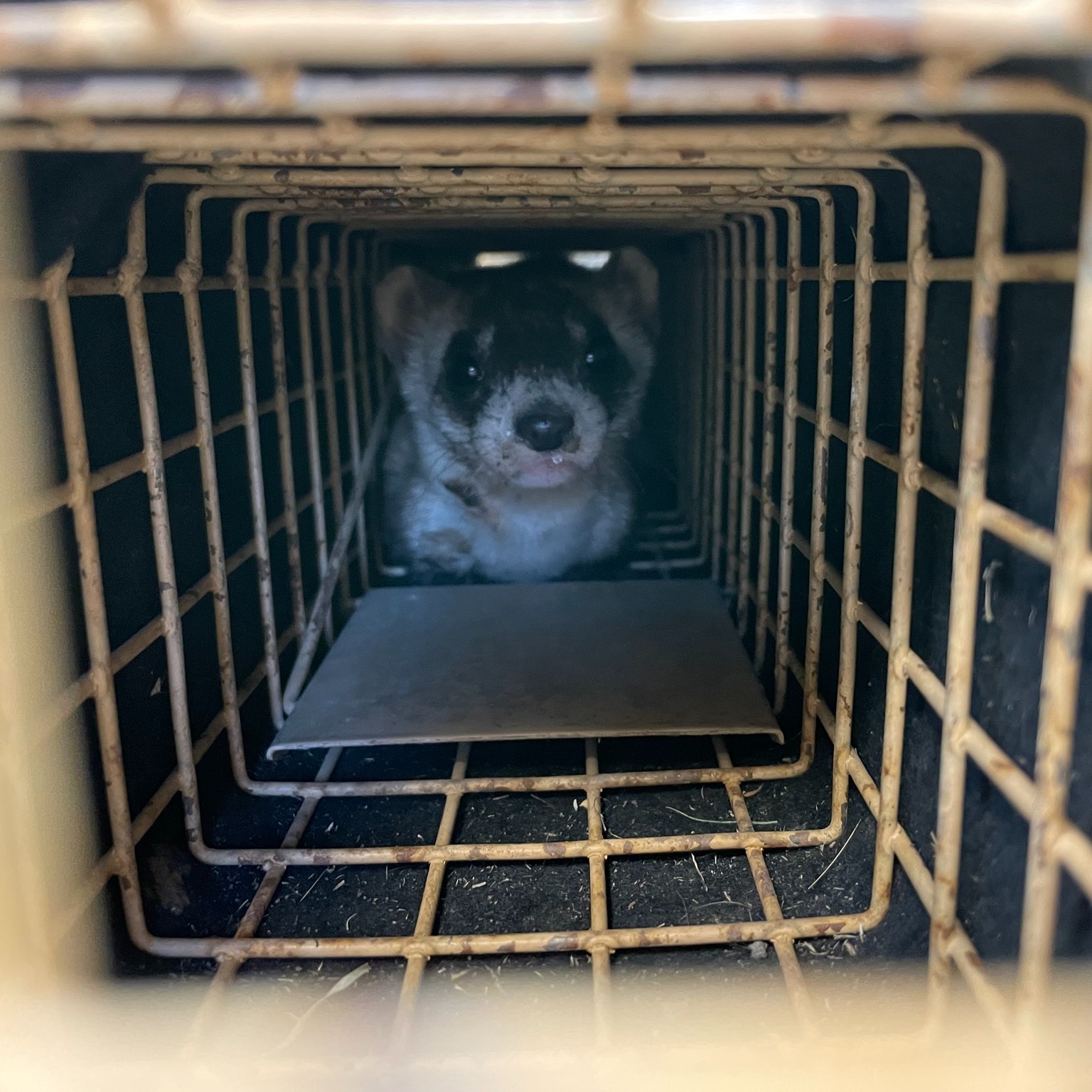- The importance of Happy National Ferret Day in raising awareness about ferret conservation.
- Black-footed ferrets’ history, once thought extinct, and the challenges they face today.
- Conservation efforts and successes in South Dakota that have contributed to the species’ recovery.
- A detailed explanation of the processes involved in ferret conservation, including trapping, examining, and vaccinating.
- The role of zoos and wildlife organizations in preserving ecosystems and promoting biodiversity through educational outreach.
Happy National Ferret Day serves as a pivotal moment to illuminate the importance of ferret conservation in the broader context of wildlife preservation. This day is not just about celebrating ferrets as cherished pets but also highlighting their role in ecosystems and the urgent need for their protection. The black-footed ferret, in particular, stands as a symbol of both environmental vulnerability and the power of concerted conservation efforts.
The story of the black-footed ferret is one of remarkable recovery and resilience. Originally endemic to the North American Great Plains, this species was declared extinct in the late 1970s. Habitat loss, declining prairie dog populations, and diseases like sylvatic plague had decimated their numbers. However, in a fortunate turn of events, a small population was discovered in Wyoming in 1981. This discovery sparked widespread conservation initiatives focused on habitat restoration and captive breeding programs. Through these significant efforts, the existence of the black-footed ferret was revived, reviving hope for their future in the wild.
South Dakota has played a crucial role in the revival stories of black-footed ferrets. Conservation programs implemented in this state have become a blueprint for success, attracting attention from ecologists and wildlife enthusiasts. Our teams work diligently across South Dakota, collaborating with site biologists in a coordinated effort to monitor and sustain black-footed ferret populations. An essential part of this conservation effort involves night-time field operations. Teams use sophisticated equipment to track the elusive ferrets, which are primarily nocturnal. Once located, ferrets are carefully trapped in order to undergo medical examinations.
These health assessments are critical. Ferrets are vaccinated against diseases such as canine distemper and sylvatic plague, both of which pose significant threats to their survival. Additionally, ferrets are microchipped for identification, allowing conservationists to monitor their movements and growth over time. This detailed data forms the backbone of conservation strategies aimed at increasing black-footed ferret populations in their native habitats.
Zoos and wildlife organizations have a profound role in furthering these conservation efforts. They not only provide valuable expertise and resources but also engage in public education and outreach. Zoos like the Greatzoo.org/Conservation play a pivotal part in raising awareness about the significance of species conservation and the dire consequences of biodiversity loss. By creating interactive exhibits and educational programs, zoos connect visitors with the cause, encouraging them to participate in conservation efforts in their own communities.
In sum, the integration of scientific research, technological innovation, and community involvement has been instrumental in ensuring the continued existence of black-footed ferrets. As we celebrate Happy National Ferret Day, it’s essential to recognize the collaboration and dedication of those involved in these monumental efforts. Ferret conservation provides a poignant reminder of the interconnectedness of ecosystems and our shared responsibility in protecting the planet’s wildlife. Through awareness and action on this special day, we can continue to safeguard the future of the black-footed ferret and many other species at risk.
*****
Source Description
Happy National Ferret Day!
This is the perfect day to talk about black-footed ferret conservation – a project we are passionate about! Every year, we send teams around South Dakota, to work all night to locate, trap, examine, microchip, and vaccinate black-footed ferrets alongside the site biologists. Once thought extinct due to a deadly plague, their numbers are now growing thanks to conservation efforts like these.
Caring for wildlife is at the heart of what we do! Learn more about our conservation work here: Greatzoo.org/Conservation
.
.
.


